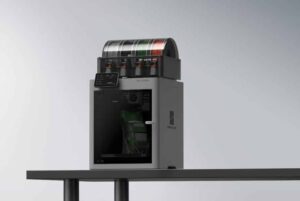A groundbreaking milestone in construction technology is unfolding in the Middle East. Qatar is set to host the largest 3D-printed building ever: a sprawling two-story school covering 20,000 square meters, crafted layer by layer with cutting-edge additive manufacturing.
Leading the charge is Danish innovator COBOD, renowned for their advanced 3D construction printers. They’ve custom-built two of their BODXL machines to colossal dimensions – stretching 50 meters long, 30 meters wide, and 15 meters tall, making them the largest construction 3D printers on the planet.
Over the past eight months, a specialized team of architects, civil engineers, materials scientists, and printing technicians have rigorously trained on the machines, conducting over 100 full-scale test prints at a dedicated experimental site in Doha. This extensive preparation aims to ensure precision and reliability for the massive build ahead.
Architecturally, the design draws inspiration from Qatar’s desert landscape, with sweeping, fluid curves that mimic the natural contours of sand dunes. This biomimicry, enabled by the versatility of 3D printing, offers both aesthetic appeal and structural innovation, a seamless blend of form and function.
Beyond its impressive scale, the project represents a bold step toward sustainable, low-impact construction. Qatar’s government and industry stakeholders view it as a pioneering example of how additive manufacturing can transform infrastructure development, reducing waste and accelerating build times.
As the world watches, Qatar is positioning itself at the forefront of the construction revolution, showcasing how 3D printing can reshape urban development on a global scale.




